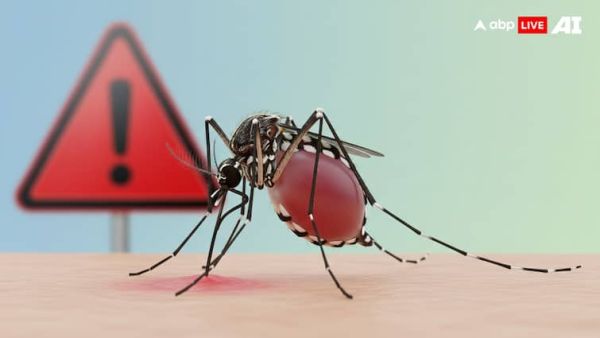
Every August 20, World Mosquito Day reminds us of the tiny insect that remains one of the greatest threats to humanity. Though mosquitoes are small, they are vectors for some of the deadliest diseases on Earth. From rural villages to urban cities, their effect leaves no community. Even with decades of advancements in medicine, these insects have spread to novel habitats, introduced diseases to new regions, and made global health more challenging.
Here are six mosquito-borne diseases that every one should know about:
Malaria
Malaria is one of the most devastating mosquito-borne diseases. Transmitted by the female Anopheles mosquito, malaria brings on fever, headaches, and chills, often 10 to 15 days after a bite. Certain types of malaria are lethal. With more than 247 million cases reported each year, the scope of the risk is immense.
West Nile Virus
Spread by infected mosquitoes, West Nile virus can vary from asymptomatic infections to life-threatening illness. Although almost 80% of those infected are asymptomatic, some experience fever, headaches, muscle weakness, or tremors. In a small minority of cases, the infection leads to serious illnesses like encephalitis or meningitis. Older persons, transplant patients, and people with weakened immunity are especially vulnerable.
Dengue
Native to more than 100 nations, dengue infects close to 390 million individuals annually. Frequently referred to as "breakbone fever" for its intense muscle and joint pain, dengue also causes high fevers, headaches, nausea, and tiredness. In serious cases, it turns deadly. Spread by the Aedes aegypti mosquito, infamous for its ability to thrive in cities, the virus spreads far and near.
Zika
Infections by the Zika virus are typically mild or asymptomatic, but their subtle risks are tremendous. Fever, rash, arthralgia, and conjunctivitis are the symptoms that occur. The risk actually lies during pregnancy, where infection can cause miscarriage, preterm labour, or congenital defects like microcephaly. The virus is primarily transmitted by Aedes mosquitoes but also by intercourse, making it a public health concern.
Yellow Fever
Yellow fever got its name because it causes jaundice. Yellow fever is transmitted by Aedes and Haemagogus mosquitoes. Yellow fever initially starts as fever, muscle ache, nausea, and headaches but, in severe cases, may result in organ failure. Yellow fever is difficult to differentiate from malaria or hepatitis, making it harder to diagnose.
Chikungunya
Originally detected in Africa and Asia, chikungunya was transmitted to the Americas in 2013 and has since affected over 110 nations. Its primary vectors are the Aedes albopictus (Asian tiger mosquito) and Aedes aegypti, two highly invasive mosquitoes that easily adjust to new habitats. Infections lead to severe joint pain, fever, and fatigue, usually lasting several weeks.
[Disclaimer: The information provided in the article, including treatment suggestions shared by doctors, is intended for general informational purposes only. It is not a substitute for professional medical advice, diagnosis, or treatment. Always seek the advice of your physician or other qualified healthcare provider with any questions you may have regarding a medical condition.]
-
CBSE Update: CBSE started new regional offices in 7 cities, know where you will have to go when you have work..

-
WBJEE Counseling Schedule 2025: West Bengal JEE 2025 counseling schedule released, register from August 28..

-
NEET UG 2025 Counseling Round 2: NEET UG 2025 Counseling Round 2 registration from August 29, revised schedule will be released soon..

-
E20 Fuel Impact: Mileage Drop For Some Cars, Warn Experts

-
LIC Reclassified As Public Investor In IDBI Bank; Voting Rights Capped At 10%
